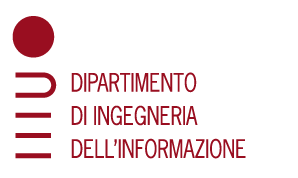Quantitative Magnetic Resonance Imaging
Submitted by zennaro2 on
- Functional magnetic resonance imaging (fMRI): functional connectivity, dynamic causal modelling to study the effective connectivity during tasks or in resting state; assessment of cerebral hemodynamic impairment thought fMRI data analysis, methods to integrate EEG & fMRI.






